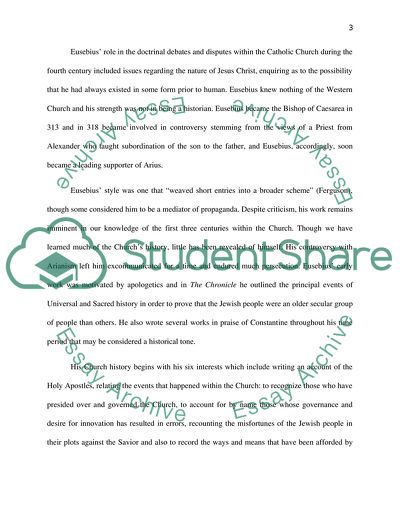Cite this document
(“Eusebius - History of the First Church Term Paper”, n.d.)
Retrieved from https://studentshare.org/religion-and-theology/1592775-eusebius-history-of-the-first-church
Retrieved from https://studentshare.org/religion-and-theology/1592775-eusebius-history-of-the-first-church
(Eusebius - History of the First Church Term Paper)
https://studentshare.org/religion-and-theology/1592775-eusebius-history-of-the-first-church.
https://studentshare.org/religion-and-theology/1592775-eusebius-history-of-the-first-church.
“Eusebius - History of the First Church Term Paper”, n.d. https://studentshare.org/religion-and-theology/1592775-eusebius-history-of-the-first-church.


